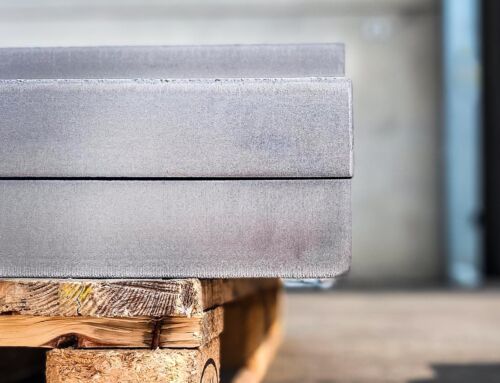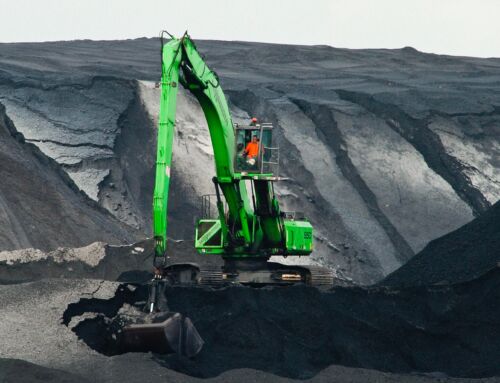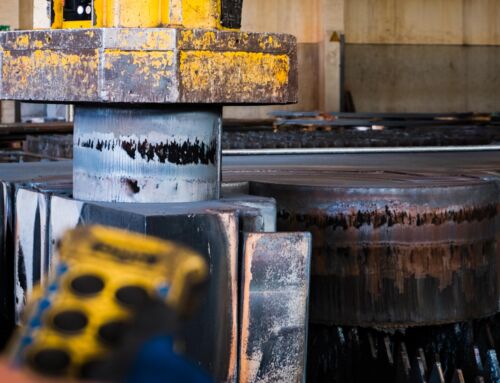Sidertaglio Lamiere has been engaged in the marketing and processing of flat steel products for about 40 years. In the iron and steel industry, the term “flat product” denotes heavy steel plates or mill plate and plates for coils. These are obtained through chemical composition, a mechanical process and heat treatment technology. In short, the semi-product that is obtained from continuous casting and known as slab is reduced in thickness by passing between two opposing cylinders.
These cylinders rotate on themselves and give the desired size to the slab. The equipment that performs this operation is called a rolling mill, hence the term “mill plates.” This process may be reversible or irreversible. The former indicates a mechanical operation involving several passes between rolling cylinders. The slab moves back and forth under the cylinders, which each time reduce the distance between them, until the slab is reduced to the desired thickness. The second is a continuous motion in one direction and is used to produce the sheets from coils that are then coiled into coils.
There is also an additional rolling that is done cold, that is, without heating the slab. The hot-rolled coil is repassed between cylinders, which further thins its thickness. In a simplistic way, it can be said that coil sheets are the thin ones that can reach thicknesses of tenths of a millimeter, while mill plates are thick and can reach many centimeters in thickness. Rolling is an extremely important process as well as the first process in the production of a finished product, after which the steel mill can intervene with heat treatment technology to change the internal structure of the sheet metal in order to obtain different types of products for as many different uses. To recapitulate, after making the semi-product known as the slab with the right chemical composition, it is rolled to finish with heat treatment. Different chemical compositions and different types of heat treatment allow different types of sheet metal to be obtained.
A steel mill, through chemical composition and heat treatment, produces general-purpose steels such as structural steels (used for making machinery, infrastructure, equipment), ship steels (for making ships for all kinds of uses), alloy and unalloyed steels for pressure vessels, steels for use at low temperatures up to cryogenic uses, high-strength steels (for cranes or structures requiring special elasticity), wear-resistant steels (for dump truck bodies, trailers, or bulldozer buckets), atmospheric corrosion-resistant steels, steels for penstock, steels suitable for cold forming, steels for fine blanking, stainless steels, alloy steels for plastic molds or aluminum die casting, steels for making automobiles, and many other products.
Let us always keep in mind that in nature steel does not exist; there is iron, which alloyed with carbon and other chemical elements gives us a practically infinite multiplicity of products, allowing us to produce an equally infinite number of works. Chemical, mechanical, and heat treatment, steel production is based on these three pillars, which we will go into in more detail next.







